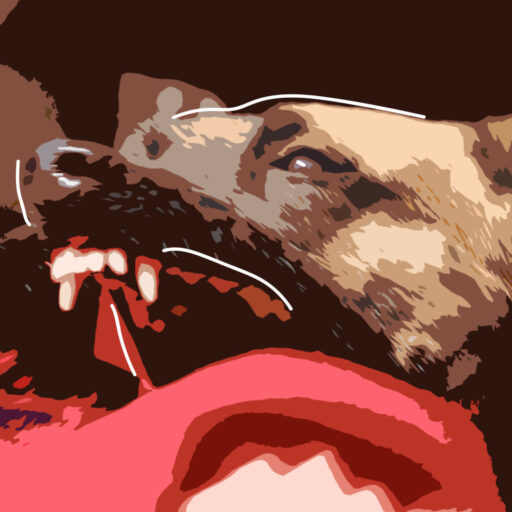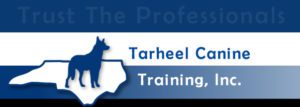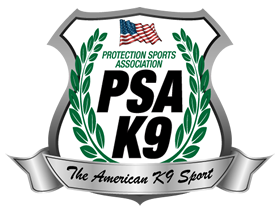Defense Training Basics – Avoiding Avoidance
In this episode, Jerry Bradshaw discusses:
- The importance of working dogs in defense, without creating avoidance.
- Pre-avoidance behaviors and how to read and manage them.
- The role of a skilled decoy in defense training basics.
- Understanding the dog is going to do what it has been trained to do.
- Addressing strengths in a puppy and working in those strong drives.
Key Takeaways:
- When you’re working with a dog, you have to adjust your behavior, in real-time, to avoid creating an avoidance situation.
- You have to change your attitude immediately if your dog doesn’t engage. Take him out of the situation and do everything you can to avoid creating the phobia of the situation.
- In PSA, if your dog is not confident working in defense, you will see it in the carjacking scenario or on the handler attack.
- Reward is a very powerful thing if you’re going to pressure your dog. It will teach him how to handle stress from you; it’s going to teach him how to handle stress generally.
“If you don’t work the defensive side of the dog, you may encounter one day or a suspect puts your dog in defense and your dog doesn’t know how to handle the situation. Better to tackle it before it happens and understand how to do it.” — Jerry Bradshaw
Get Jerry’s book Controlled Aggression on Amazon.com
Contact Jerry:
Website: controlledaggressionpodcast.com
Tarheel Canine Training: www.tarheelcanine.com
Youtube: tarheelcanine
Twitter: @tarheelcanine
Instagram: @tarheelk9
Facebook: TarheelCanineTraining
Protection Sports Website: psak9-as.org
Patreon: patreon.com/controlledaggression
Slideshare: Tarheel Canine
Calendly: calendly.com/tarheelcanine
Sponsors:
ALM K9 Equipment: almk9equipment.com
PSA & American Schutzhund: psak9-as.org
Tarheel Canine: tarheelcanine.com
Train Hard, train smart, be safe.
Show notes by Podcastologist Chelsea Taylor-Sturkie
Audio production by Turnkey Podcast Productions. You’re the expert. Your podcast will prove it.


